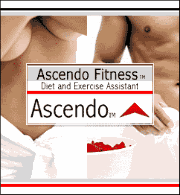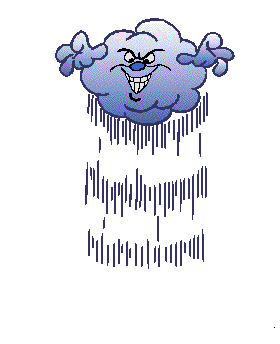by: Mark Hyman, M.D.It’s an epidemic problem -- and you could have it.
Low thyroid function affects more than 30 million women and 15 million men. And it can lead to problems losing weight; decreased sex drive; depression; anxiety; thinning hair; and poor quality, thick, cracked fingernails.
So what’s responsible for low thyroid function and why are so many people affected?
Chronic thyroid problems can be caused by many factors, including environmental toxins such as pesticides, which act as hormone or endocrine disruptor\'s and interfere with thyroid hormone metabolism and function.
In one study, people released pesticides from their fat tissue as they lost weight.
This interfered with their thyroid function and caused hypothyroidism. The toxins slowed metabolism and prevented them from losing more weight.
This study is significant, because it shows exactly how toxins interfere with thyroid function.
Heavy metals such as mercury can also affect thyroid function. I see many people with chronic hypothyroidism and other thyroid problems because mercury interferes with normal thyroid function.
The other big factor that interferes with thyroid function is chronic stress. The more stress you are under, the worse your thyroid functions. Correcting poor thyroid function must address the effects of chronic stress and provide support to the adrenal glands.
The next major factor that affects thyroid function is chronic inflammation. The biggest source of this chronic inflammation is gluten, the protein found in wheat, barely, rye, spelt, and oats. This common allergen affects about 10 to 20 percent of the population. This reaction occurs mostly because of our damaged guts, poor diet, and stress.
I also think eating so-called Frankenfoods, such as hybridized and genetically modified grains with very strange proteins, makes us sick.
Our bodies don’t recognize these foods and create antibodies to fight them. This chronic inflammatory response interferes with thyroid function -- and contributes to the epidemic of inflammatory diseases in the developed world.
Lastly, nutritional deficiencies play a big role in thyroid dysfunction. These include deficiencies of iodine, vitamin D, omega-3 fats, selenium, zinc, vitamin A, and the B vitamins.
There are so many reasons for low thyroid function, yet conventional doctors tend to ignore them.
One young female patient of mine had more than 30 percent body fat and was unable to change her body, no matter how hard she worked. She ate perfectly, exercised with a trainer every day -- and her body still wouldn’t budge.
She also had a slightly depressed mood and other vague symptoms.
So I treated her with a low dose of Armour Thyroid, which is a natural thyroid replacement.
What happened?
Well, she not only lost 20 pounds and improved her body composition, but her mood improved and all her other symptoms went away.
I knew she had low thyroid function because I did the right tests.
Most doctors just check something called the thyroid-stimulating hormone (TSH), which doesn’t give a full picture of the thyroid. In fact, even the interpretation of this test is incorrect most of the time.
The newer guidelines of the American College of Endocrinology consider anybody with a TSH level over 3.0 as hypothyroid. Most doctors think that only anything greater than 5 or 10 is worth treating.
Unfortunately, this leaves millions suffering unnecessarily.
Other tests, including those for free T3, free T4, and thyroid antibodies, are essential.
I also look for associated problems such as gluten intolerance, food allergies, and heavy metals, as well as deficiencies of vitamin D, selenium, vitamin A, zinc, and omega-3 fats.
Low thyroid function is one of the most common problems I see, and treating it properly makes one of the biggest differences in my patients’ quality of life.
Unfortunately, by using the old guidelines and thinking, conventional medicine misses millions who suffer with hypothyroidism.
In fact, in one study, researchers tested everybody who walked through the gates of a county fair with conventional thyroid testing. They found that according to even conservative conventional standards, half of all the people who had hypothyroidism were undiagnosed, untreated, and suffering.
Once you have confirmed that a sluggish thyroid is contributing to your symptoms, the good news is that there are many, many, many things you can do to help correct thyroid problems.
I have developed a seven-step plan to address hypothyroidism:
- Identify and treat the underlying causes of hypothyroidism, like food allergies, gluten, heavy metals, nutritional deficiencies, and stress.
- Support your thyroid with optimal nutrition, including foods that contain iodine, zinc, omega-3 fats, selenium, and more.
- Eliminate adrenal exhaustion and minimize stress by engaging in a comprehensive stress management program.
- Engage in thyroid stimulating exercise, which boosts thyroid function.
- Use supplements to help enhance thyroid function, including all the nutrients needed for proper thyroid metabolism and function.
- Use saunas and heat to eliminate stored toxins, which interfere with thyroid function.
- Use thyroid hormone replacement therapy to help support your thyroid gland.
I believe a comprehensive approach is needed to address chronic thyroid issues and to diagnose them. Most of the options for healing by conventional care are quite limited and only provide a partial solution. But by following my seven-step plan you can achieve optimal health and UltraWellness.


